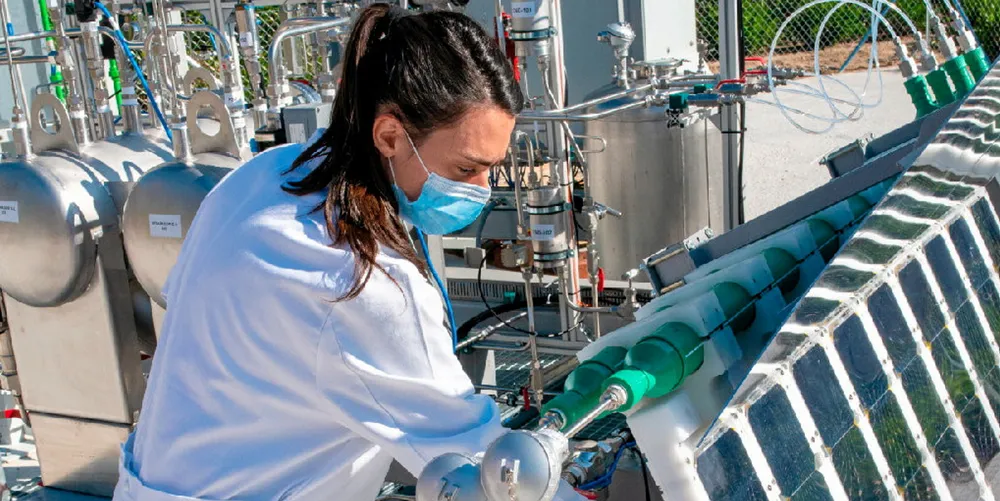'Very disruptive' direct solar-to-hydrogen commercially viable by 2030, says oil group Repsol
Spanish fossil player plans demo plant for converting PV power directly into green H2 without need for electrolysis as intermediate step

Spanish fossil player plans demo plant for converting PV power directly into green H2 without need for electrolysis as intermediate step
